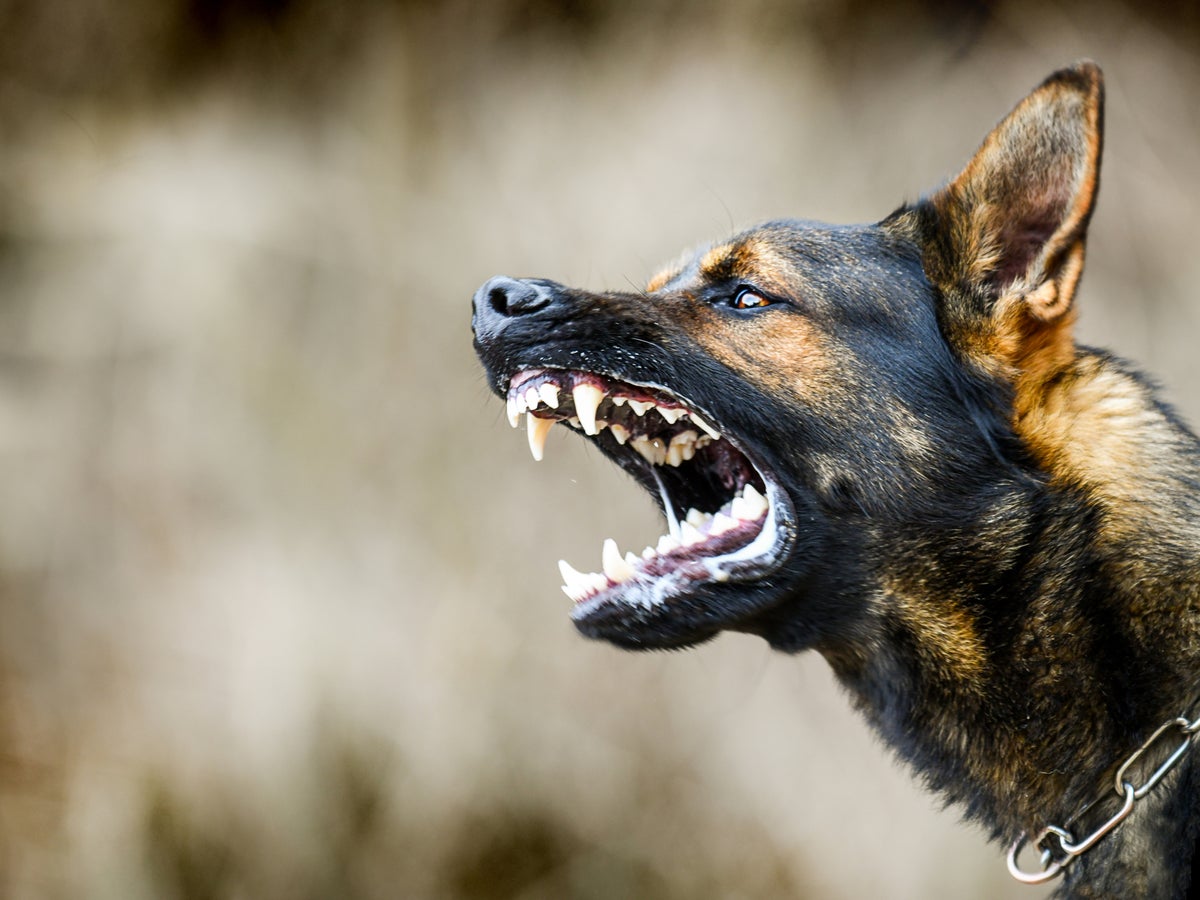
A four-year-old girl has died after being attacked by a dog in Milton Keynes.
Emergency services rushed to a home in the city’s Netherfield area on Tuesday after reports that a dog had attacked a child in the back garden of the property.
Thames Valley Police said it was quickly confirmed that the child had died at the scene.
The dog has been euthanised and no arrests have been made in connection with the incident, according to the force.
“This is an absolutely tragic incident, in which we believe that a child has been killed after being attacked by a dog,” said Superintendent Matt Bullivant.
By law, the owners of dogs that kill someone may be jailed for up to 14 years or face an unlimited fine or both.
Owners of dogs that injure someone may be sent to prison for up to five years or fined or both.
Anyone convicted of having a dog “dangerously out of control” may face an unlimited fine or be jailed for up to six months or both.
Such attacks are, fortunately, relatively rare given that most dogs are carefully trained by their owners and well used to encountering others when out for walks.
However, even the most well-disposed pet can become hostile if they feel under threat or compelled to defend its territory.
“A well-socialised dog will not normally be actively aggressive towards other dogs and dogs don’t go around looking to attack others. But any dog can become aggressive if they are afraid and feel there is no other way out of the situation,” says veterinary charity the People’s Dispensary for Sick Animals (PDSA).
“This can be due to a current perceived threat or even past experience making them uncomfortable.”
The charity says that dogs seldom attack without some form of warning, with growing aggression typically indicated by growling, snarling, snapping, baring their teeth and lunging, although any anxiety they might be experiencing will probably become obvious well before the above behaviour is displayed.
Signs a dog is unhappy include licking their lips, flattening their ears against their head, yawning, showing the whites of their eyes, turning their face away, trying to move away from other dogs or sitting crouched or walking low to the ground.
Should any of the above actions become apparent, it is best to lead your pet away and give them time to recalibrate and compose themselves.
You should also inquire of other owners you encounter whether it is OK for your animals to “meet” before they do, as the other party may have reason to fear a negative exchange.
Even if you agree that matters are likely to remain friendly, it is essential that both parties keep an eye on the dogs’ body language in case a sudden change in attitude should overcome either one.
If you are out with your own dog and another dog does show signs of aggression, you should lead your pet “calmly but quickly” away, according to PDSA, avoid getting too close and, ideally, placing a barrier between yourself and the animal, such as a gate, fence or car, to make it clear you have no intention of approaching it or encroaching on its ground.
If your dog is attacked, PDSA’s advice is, firstly, not to panic and not to attempt to separate the animals yourself as you could incur serious injury, although this is difficult as your instinct as an owner will likely be to intervene to protect your friend.
Instead, you should stand aside and attempt to distract the aggressor with a loud noise or clap (hopefully its owner will likewise be attempting to call it off) and call your own dog away to encourage it to disengage.
If your dog is injured, you can report it to the police by calling 101 and you should also report it to your local council’s dog warden.
PDSA also advises that you get the contact details of the other owner and ideally a photograph of their animal (and, potentially, the details of any witnesses) and establish whether they have pet insurance to cover any veterinary care your animal might need.
Finally, you should take your dog to the vet for a checkup, even if they do not appear to be badly hurt, to make certain.
Much of the same advice above applies if your dog is the aggressor: you need to get them back on a lead and under your control as soon as possible without endangering yourself or making the situation worse.
If your dog is regularly aggressive towards others, you might want to consider having it wear a muzzle when out for walks and undertake professional training.
If you yourself are bitten by an aggressive dog, PDSA advises that you first run the wound under a cold tap for 10 minutes to clean it thoroughly, even if a bite does not appear to have pierced the skin, and seek professional medical attention as soon as possible.
Afterwards, you should report the incident so that steps can be taken by the authorities to ensure it does not happen again.







